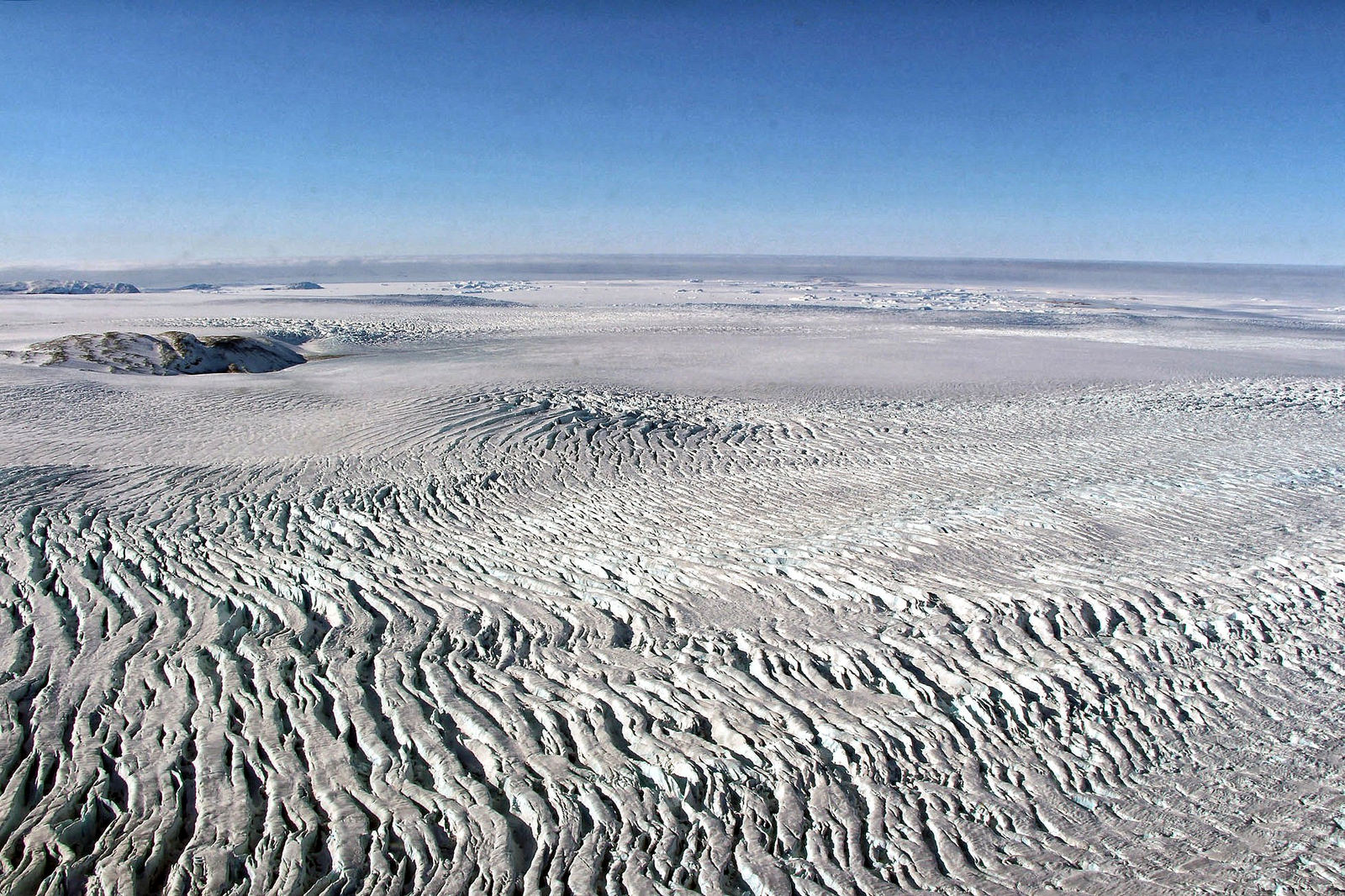On April 14, 2018, NASA scientists were flying over the Beaufort Sea. They observed three holes in the sea ice. The holes had rings around them and some “wavy ice” to the left of them.
NASA meteorologist John Sonntag said he had seen anything like this anywhere else. At first glance, the holes were described as frozen crop circles.
Atmospheric scientist at the National Snow and Ice Data Center Walt Meier believes the holes are for seals to be able to breathe. Ring and Harp seals are known for making holes in the thinner Arctic sea ice to repeatedly come up for air.
For that explanation to be true, the ice has to be thin enough for the seals to create their breathing holes. That area of ice is not generally thin enough for the seals to break through.
Why is the sea ice thinning in the Beaufort Sea? Meier says that warmer water could be flowing from the Mackenzie delta, which is the shallow outpouring of the Mackenzie River from the Canadian Coast. Warmer water flows from the river into the ocean, which becomes warm because it is less dense than cold water. The warmer water will float to the surface in plumes.
The warmer water thins out the surface ice and draws sea mammals to the thinner ice. The formations near the holes that look like waves cold be from water splashing out of the holes onto the ice. This would be a sign that warmer water is coming up through the seal holes.
The holes alone do not tell scientists much about the environment of the Arctic, but they do point to a trend in sea ice.
In the image taken by scientists, there is evidence of “finger rafting.” This happens when the wind pushes to sheets of ice together and causes them to overlap. Meier says the most likely explanation is warmer Arctic temperatures.
As recently as the 1980s, sea ice in the Beaufort Sea was thick enough to handle the southern winds that would blow north in the beginning of winter. However, more recently, the waters and air have been warmer, making the ice less stable and it is easier for it to be moved by the wind. The exposed water freezes into thin sheets in the winter. Then, the thin sheets of ice are blown over each other by the wind.
This creates the finger rafting and makes the sea ice susceptible to melting when from the plumes of warm water. This has become more common in recent years and the extent to which it occurs is much greater than it used to be, according to Meier.
The flight was part of the Operation IceBridge mission. Scientists map the changes in the sea ice annually at the North and South Poles.
Scientists believe the holes could have been formed as a drainage feature, according to Meier. One thing is sure, that the ice is fairly new and thin. Therefore, either theory is a possible explanation. There will be further investigation.
By Jeanette Smith
Sources:
Quartz: The bizarre holes NASA found in the Arctic sea ice are actually a sign of a more worrying trend
The Weather Channel: Bizarre Arctic Sea Ice Circles Spotted During NASA Mission
Top Image Courtesy of Ray Morris’ Flickr Page – Creative Commons License
Featured Image Courtesy of Stuart Rankin’s Flickr Page – Creative Commons License

